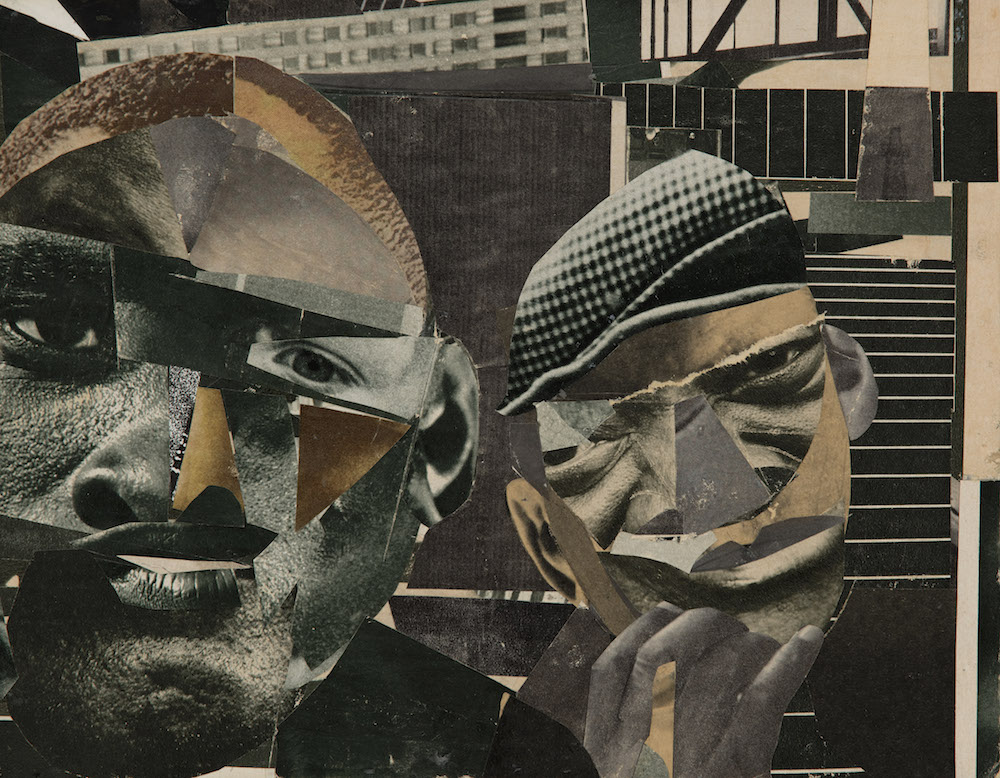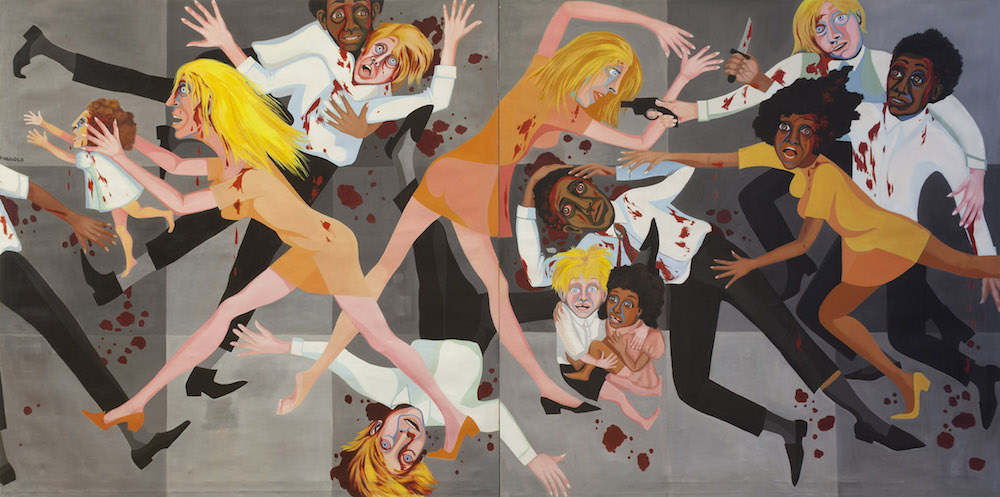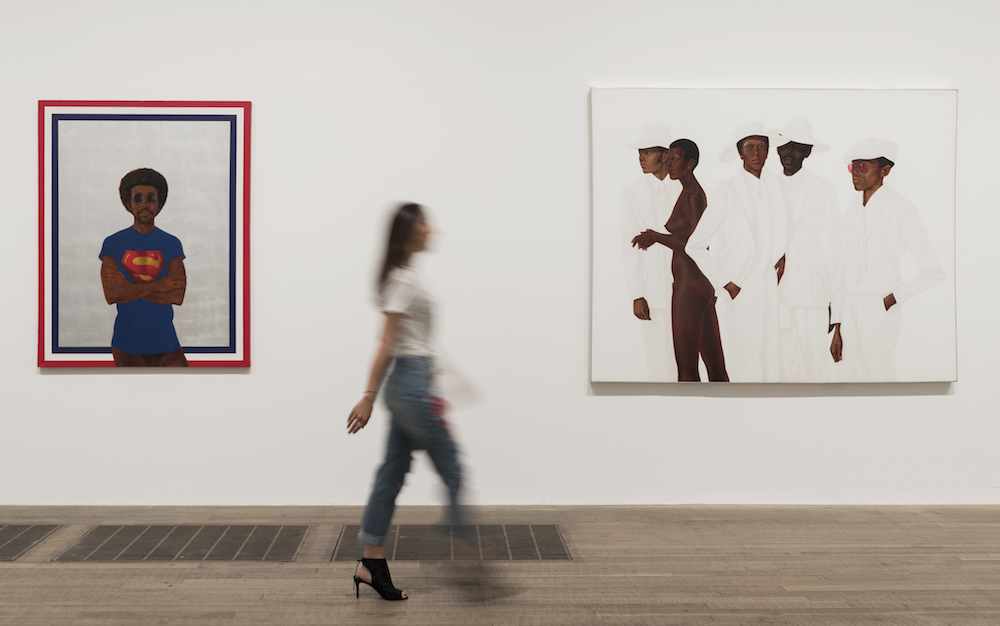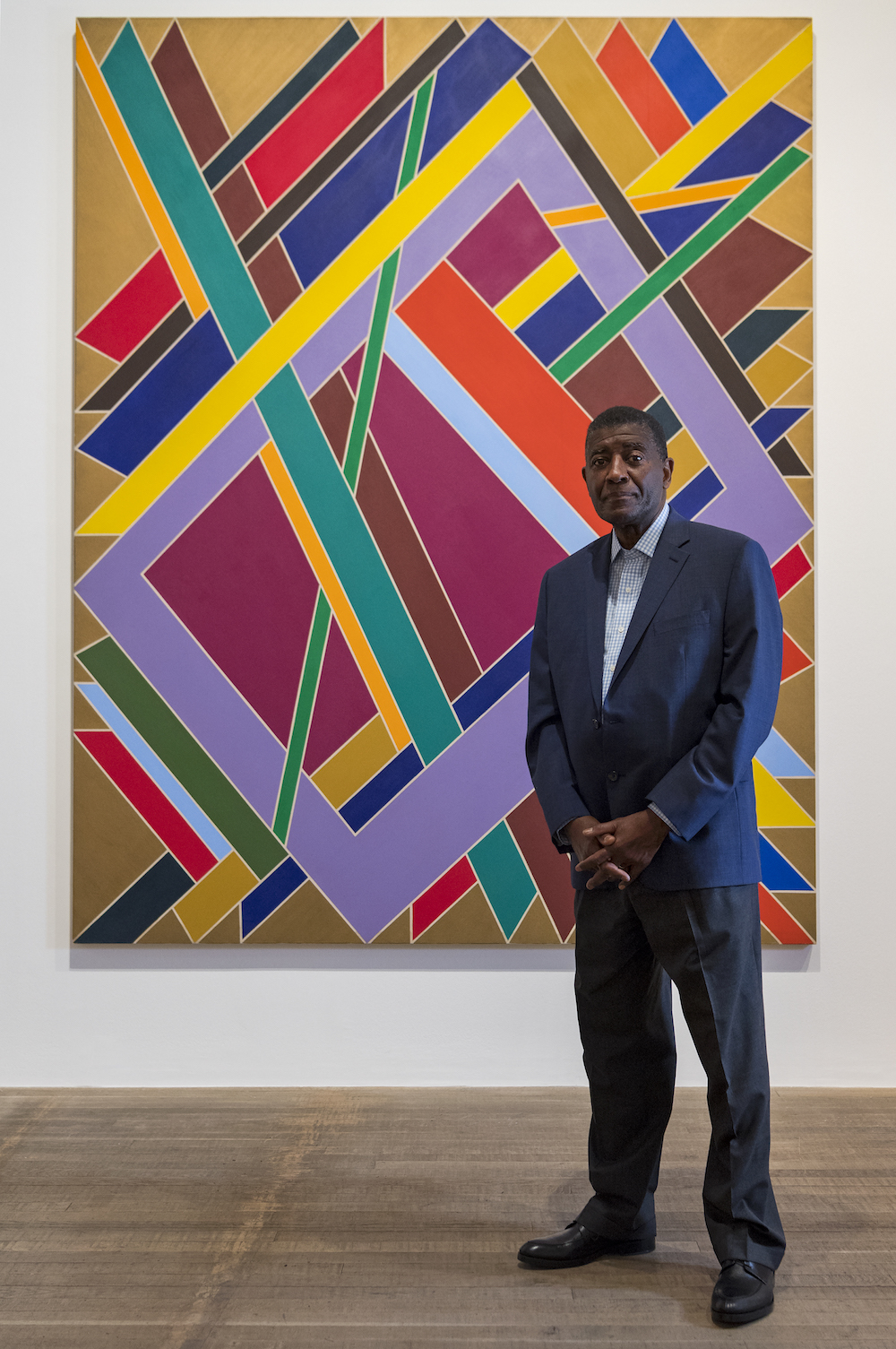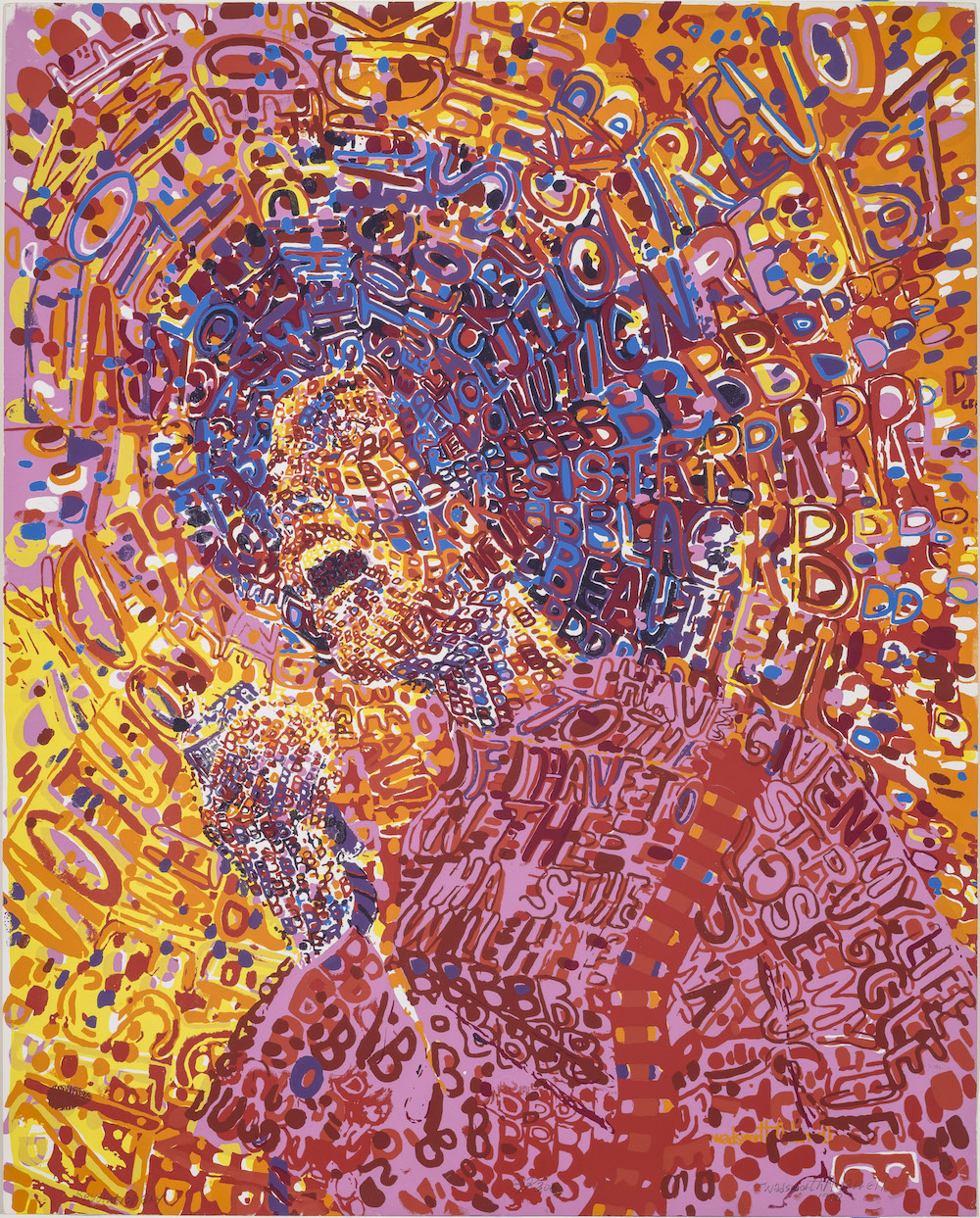
It’s 1963. The streets of America are pulsating with the heat of summer and with the feet of protesters of all colours. The fight may not have ended then, after a series of legislative victories were won in the US, but it was a monumental moment in America’s history. As Martin Luther King told the crowds in Washington on August 28th, “1963 is not an end, but a beginning.” During the 1960s, with the political status of black Americans shifting radically from segregation, artists were contributing and responding in a myriad of ways. Some of these artists are celebrated; many of them have been overlooked.
There is not, of course, and there has never been, a single black experience, and this is exactly what the Tate’s new exhibition, Soul of a Nation, tells us definitively: there are artists who have things to say about their position, but they aren’t united by an aesthetic, strategy or political ideology. Through twelve rooms the contradictions keep coming, in the words of artists and theorists and in the works themselves, whether it’s about who art should be for, where and how it should be seen (and by whom) or how to make it most effective as a tool for changing society. “They all face the same question: what kind of work should a black artist make? That’s really the core thread of this show, what it means to be a black artist,” says co-curator Mark Godfrey. “We felt this was a self-contained subject and we didn’t want to become too broad so we concentrated on what was going on in the States.” (This is the Place at the South London Gallery in Camberwell, also running now, gives an insight into the Black British art of the 1980s and 1990s.)
Soul of a Nation begins, physically and historically, in New York, with works from a pivotal exhibition put up by an alliance of fifteen artists called Spiral. The members first met in artist Romare Bearden’s Harlem loft during that hot summer of 1963 to discuss the “Negro image” as it was at that time and how it might be used in the Civil Rights movement and beyond. They didn’t agree on what their position should be, or even how it should be dealt with in art, as two contrasting, rarely seen examples displayed here posit: Bearden’s figurative photostat collages and abstract paintings by Norman Lewis. “These aren’t works people will have seen together before, and it’s amazing to be able to show that,” says co-curator Zoe Whitley.
Spiral’s only exhibition in 1965, First Group Showing: Works in Black and White, was a gesture, but it planted something that would grow over the next two decades, even if their importance was never fully recognized by institutions until the twenty-first century.
“As many artists as you ask, you get as many different answers. Black art is as complicated as that so, of course, it’s a term some people push against, many of the artists in this exhibition push against it.”
The idea that black artists were part of a “movement” is misleading, and the Tate exhibition posits the era as a political intersection with an art history perspective rather than as a group of artists working for a common cause. But the show doesn’t avoid the complex, sticky and problematic term “black artist”. I wonder how hard it was to convince some of the artists to participate? Whitley explains, “As many artists as you ask, you get as many different answers. Black art is as complicated as that so, of course, it’s a term some people push against, many of the artists in this exhibition push against it. Frank Bowling pushed against it. It was something we had to explain quite clearly [to the artists] precisely because we’re not saying black art is this one thing. Because they were active in this moment and presenting a point of view that was different to a manifesto saying “black art is this… “, it makes absolute sense for them to be here.”
You don’t need to know this–from room to room it’s very evident, you can see it with your own eyes in the varied ideas and artistic approaches: Roy deCarava’s intoxicating photographs of Malcolm X and Ornette Coleman, or David Hammons’s response to Black Panther founder Bobby Seale’s trial in 1970, abstract expressionist paintings by William T.Williams and Frank Bowling, or Faith Ringgold’s amplified vision of what she witnessed in New York, inspired by Guernica, American People Series #20, one of the most violent works in the whole exhibition. There are rainbows and fists, blood and chains in this exhibition and from room to room, it keeps surprising. But it’s certainly never presented as one cohesive thing.
If anything, the concerns and connections can be grouped to an extent by the cities the artists were living in. The exhibition makes a statement about working collaboratively, or in groups. The importance of local spaces as platforms to support artists is also emphasized, places like Brockman gallery, and Black Arts Council in LA, Smokehouse Associates and Just Above Midtown in New York, many launching the careers of artists who at the time had nowhere else to exhibit. You can’t help but feel that part of the power that is in these works came from the strength that these artists drew from acting in numbers, from real life conversations and meetings. Then, it was the only way to reach one another, let alone an audience. “I think this will be eye-opening for people visiting the exhibition,” Godfrey says of the dialogues happening between the artists of the era.
Another unusual aspect of this show is the inclusion of artists who aren’t black, but who also interpret black power and the black image. In the room titled Black Heroes, Warhol’s Ali brushes shoulders with Alice Neel’s Faith Ringgold and Barkley Hendricks’s self-portrait exploring black masculinity by way of the penis myth. How these particular artists look at themselves and each other, however, is not only to do with their colour or social position. “Black is a colour,” wrote Raymond Sanders–also included in the exhibition–in his 1967 pamphlet, pushing against the spectacle of the black body.
As it moves between abstraction, figuration and object-oriented art-making traditional media, what Soul of a Nation really examines is what power means in art. It’s a show that deals with the politics of a time and the politics of the makers, but beyond the factions and schisms it informs us about it is overwhelmingly positive and uplifting. The exhibition ends, deliberately, with Lorraine O’Grady’s Art Is… , with documentation of her 1983 performance at the African-American Day Parade in Harlem–O’Grady herself said she was an outsider at such an event–showing a wall of smiling performers’ faces, each framed in gold, shouting, “That’s right, that’s what art is, we’re the art!”
The “soul” that binds the nation is power, and power is defiance, determination, history, knowledge, creativity, innovation, community and conversation. Most importantly, power is achievable.
‘Soul of a Nation: Art in the Age of Black Power’ runs until 22 October at Tate gallery in London. tate.org.uk



